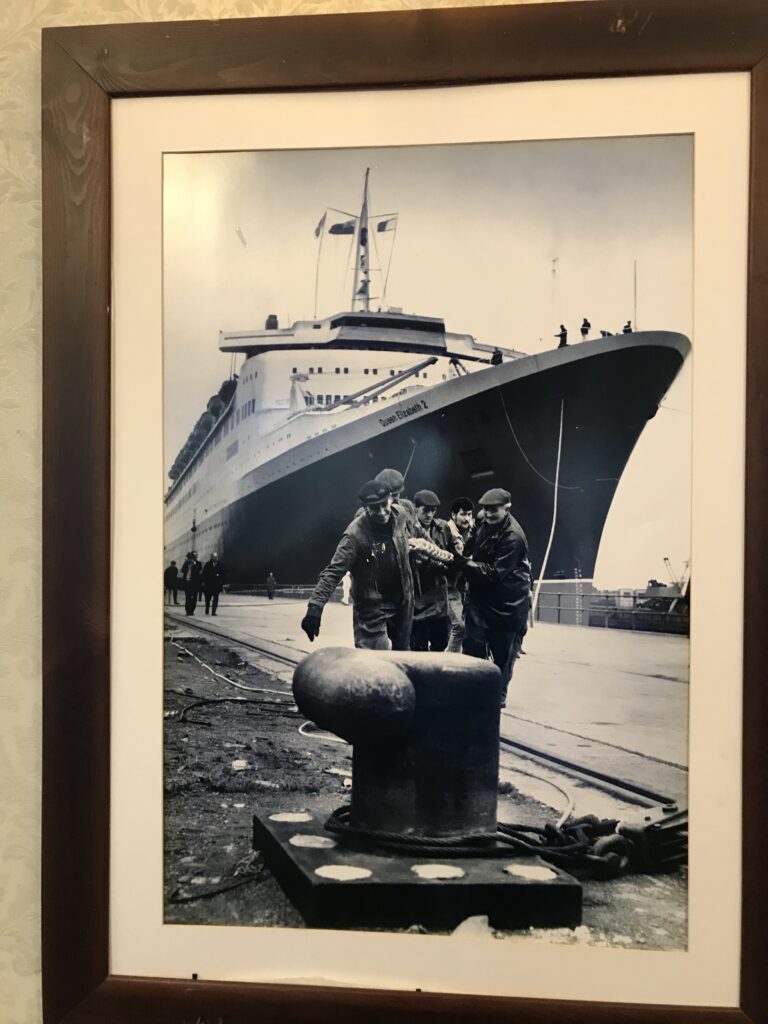Why is the Firth of Clyde so important to boat design and sailboat racing? Is the Firth of Clyde still an important sailing venue? What is the best way to learn about sailing the Firth of Clyde? was it the Monaco of the north for racing?
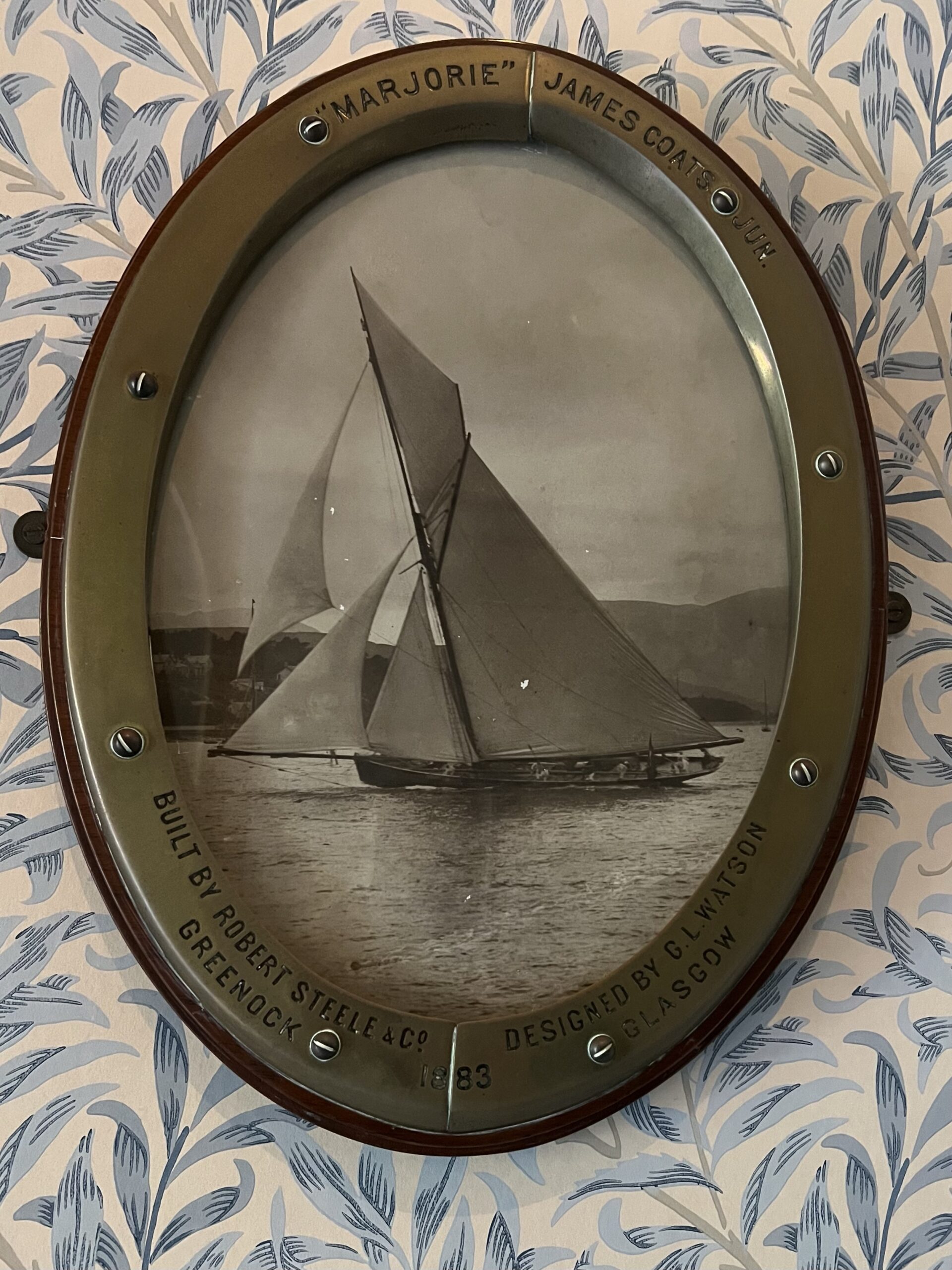
The Firth of Clyde is an important sailing venue with a rich history of yachtbuilding and yachting235. Notable yacht designers such as William Fife III, Alfred Mylne, and G L Watson have contributed to the area’s reputation for quality and style in yachtbuilding3. The Firth of Clyde was once known as the “Monaco of the north” due to its popularity as a sailing destination1.
To learn about sailing the Firth of Clyde, one can consult the Clydeport Leisure Marine Guide, which is available for free download from www.clydeport.co.uk2. The guide provides information on all aspects of sailing in the Firth of Clyde, including the passage up the river to Glasgow.
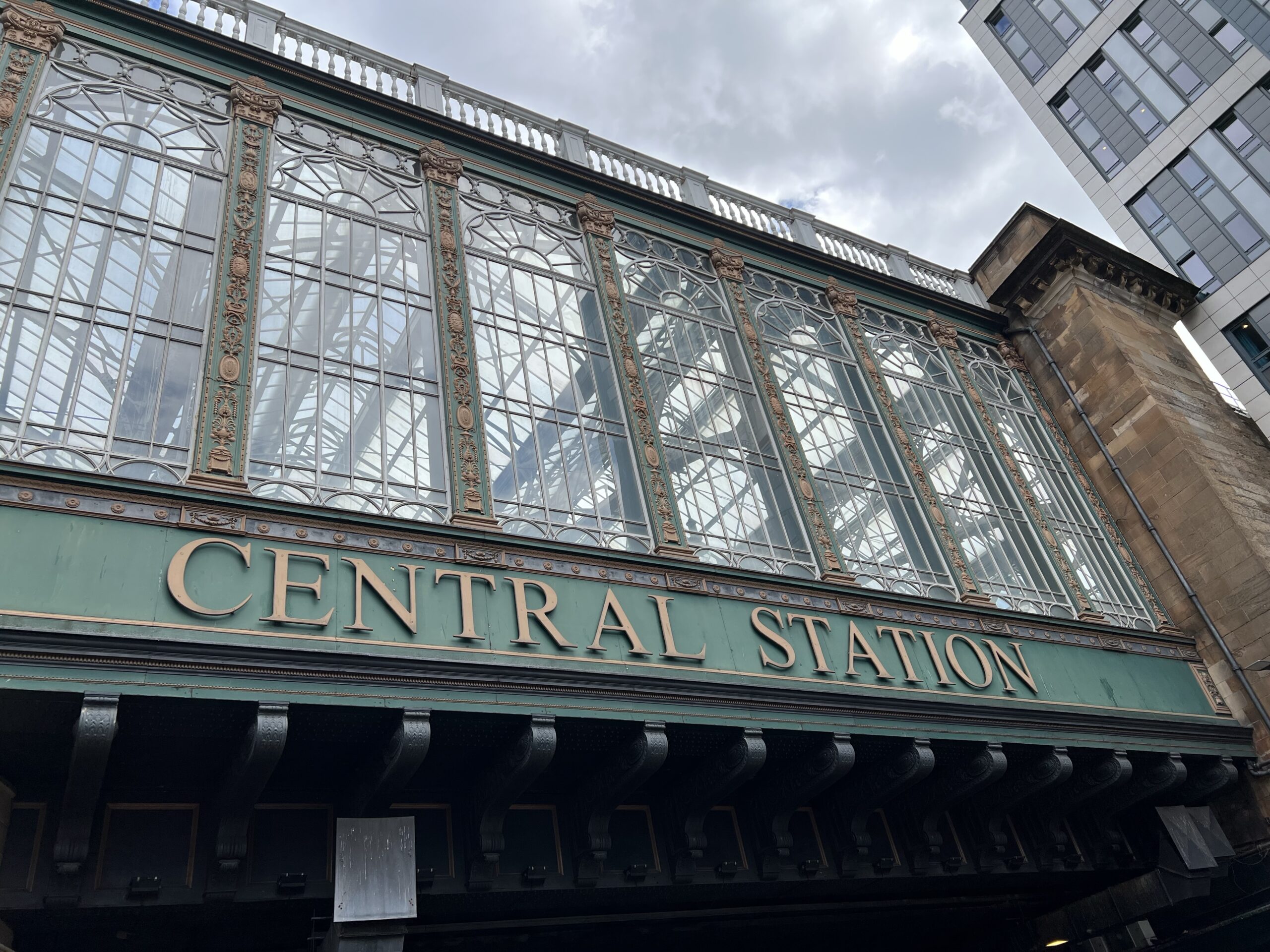
Glasgow is a fascinating city to visit, packed with history2.The Firth of Clyde is still an important sailing venue today, with excellent facilities and sea lochs extending all the way to the Highlands2. For yachts based in and around the northern part of the Clyde, the shortest and most convenient passage is through the Crinan Canal4.
In summary, the Firth of Clyde is an important sailing venue with a rich history of yachtbuilding and yachting. It is still an important sailing destination today, with excellent facilities and sea lochs extending all the way to the Highlands. To learn about sailing the Firth of Clyde, one can consult the Clydeport Leisure Marine Guide, which is available for free download from www.clydeport.co.uk.
What are some notable sailboat races that take place in the Firth of Clyde
The Firth of Clyde hosts several notable sailboat races throughout the year. Some of these races include:
- Tarbert Week Regatta: This regatta takes place in the picturesque waters of Loch Fyne, with the berthing and regatta center located in the stunning natural harbor village of Tarbert on the Mull of Kintyre1.
- Largs Regatta Festival: This festival offers three days of yacht, keelboat, and dinghy racing on the stunning Firth of Clyde4.
- Clyde Estuary Racing: This racing primarily happens within the jurisdiction of PeelPorts Clydeport, south to an east/west line at approximately the south of Brodick Bay5.
The Firth of Clyde’s landlocked character and numerous fine lochs stretching away inland from its shores offer special facilities for yachting3.The Clyde Yacht Clubs Association and the Clyde Cruising Club are also excellent resources for information on sailing and racing in the Firth of Clyde56.
What are some recommended marinas or ports for sailboat racing in the Firth of Clyde
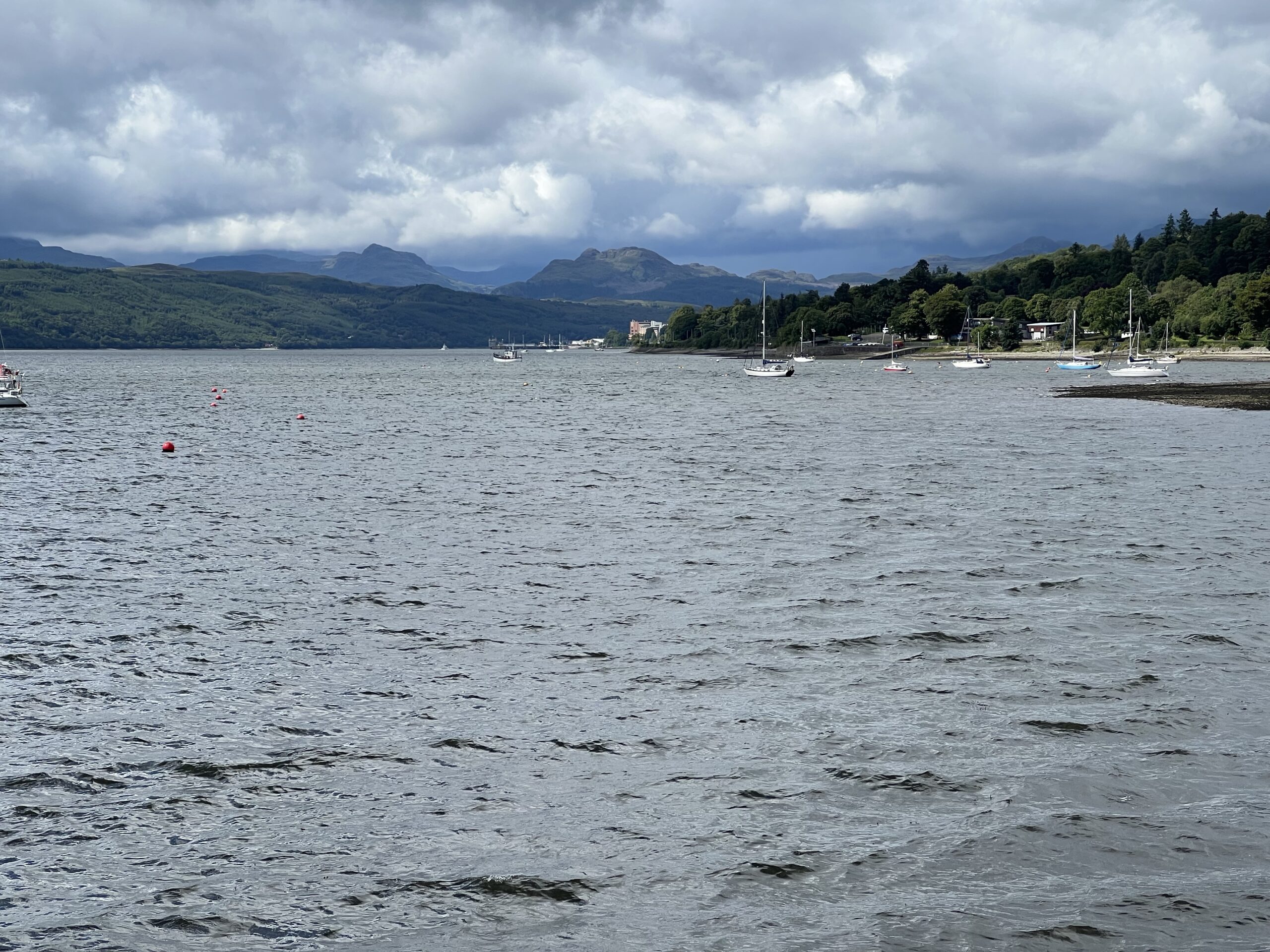
The Firth of Clyde has ten large marinas that can accommodate several thousand boats, and there are a host of marine services close at hand1.Some of the established marinas around the Clyde Coast are at Rhu, James Watt Dock, Kip, Largs, Ardrossan, Troon, Rothesay, Holy Loch, Port Bannatyne, and Portavadie2.
The Clyde Yacht Clubs Association and the Clyde Cruising Club are also excellent resources for information on sailing and racing in the Firth of Clyde45.
Clyde Estuary racing primarily happens within the jurisdiction of Clydeport and is promulgated via marina offices and the PeelPorts Clydeport website4. Largs Regatta Festival offers three days of yacht, keelboat, and dinghy racing on the stunning Firth of Clyde5. The Firth of Clyde is a popular sailing destination, and there are many opportunities for sailboat racing in the area.
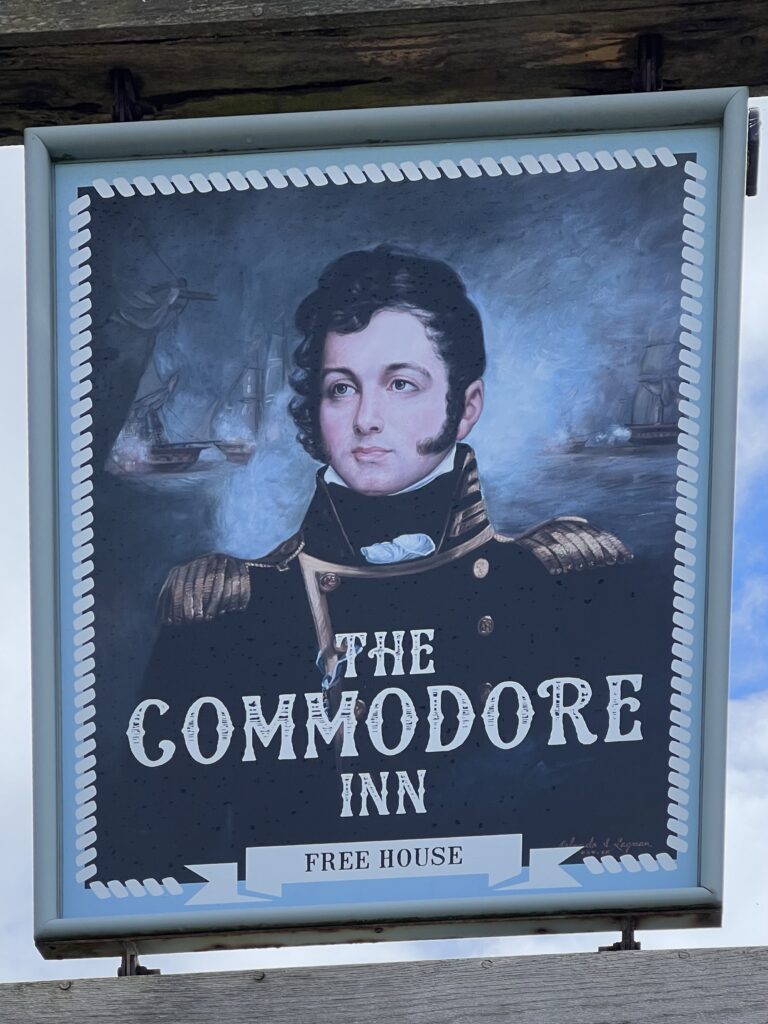
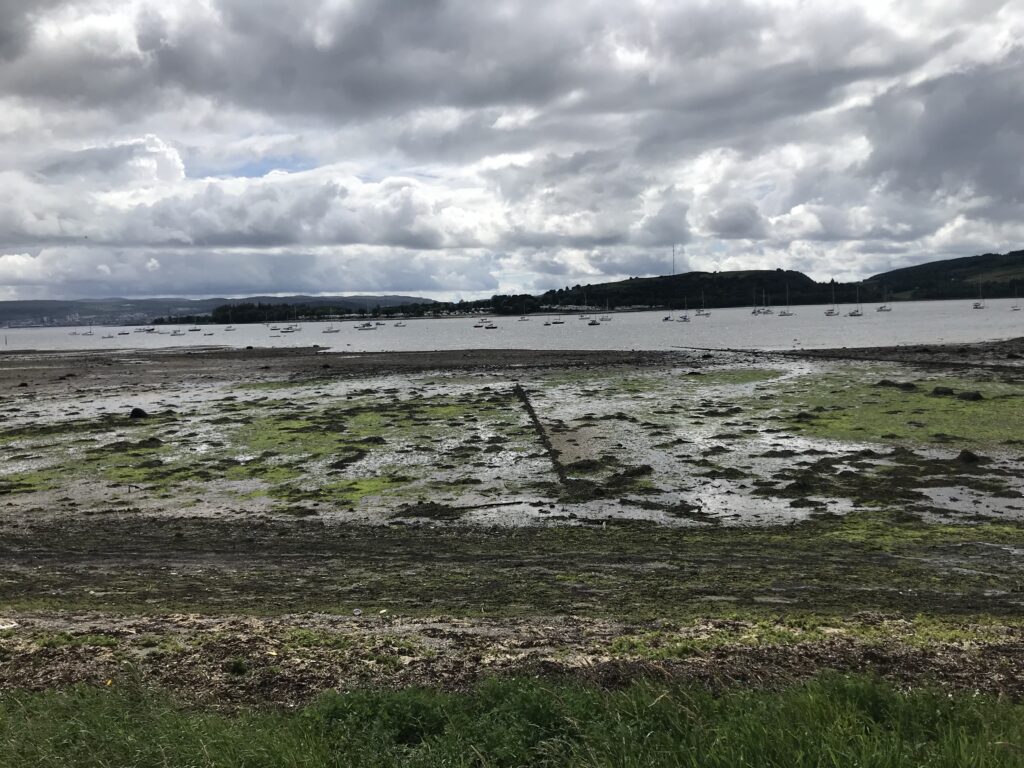
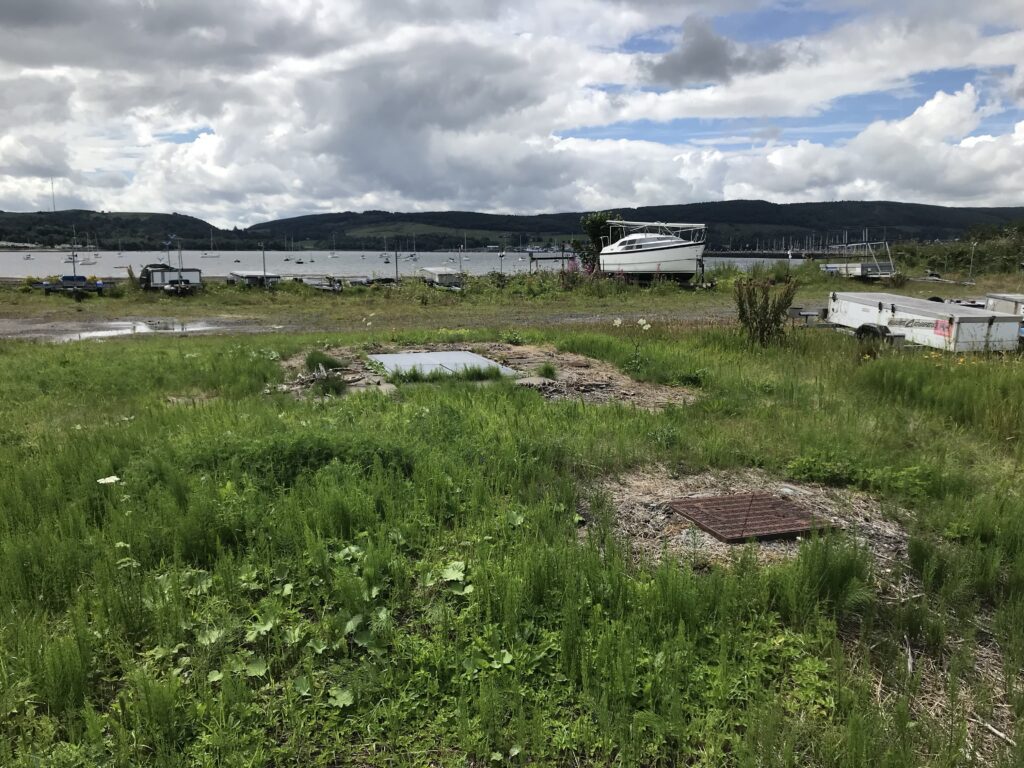
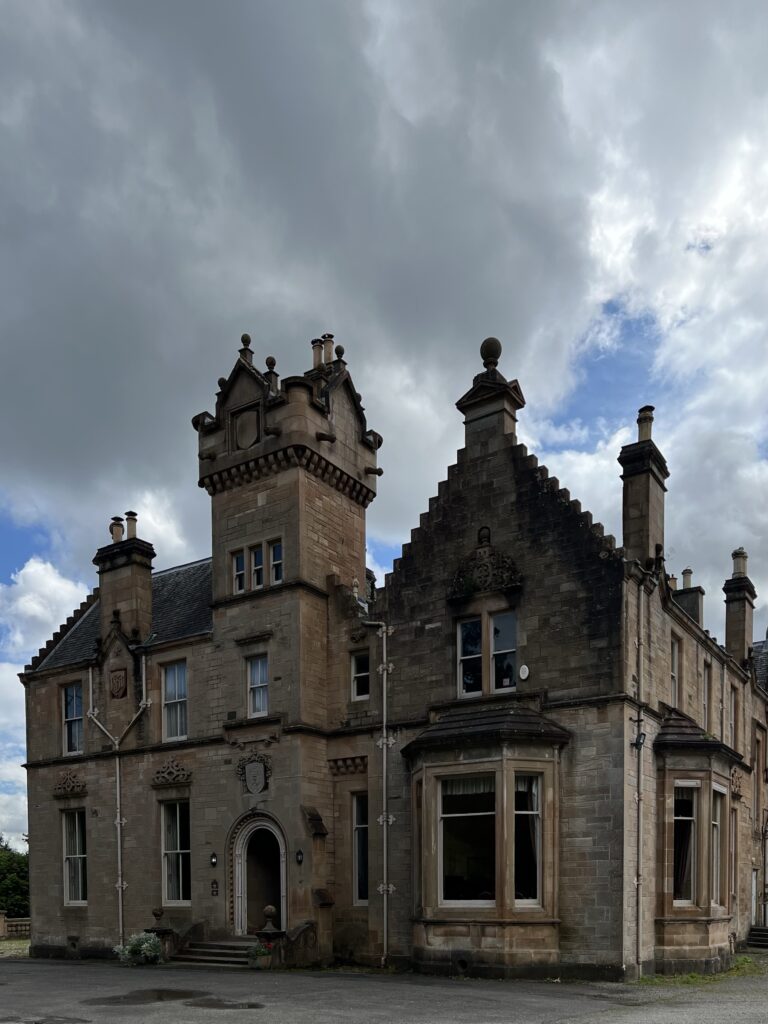
The GareLoch is joined by the Firth of Clyde in one area of its upper reaches1. Therefore, the GareLoch is technically part of the Firth of Clyde.
The distance between Gare Loch and the Firth of Clyde is approximately 10 kilometers (6.2 miles)4. Gare Loch is an open sea loch that is aligned north-south and is about 10 kilometers long with an average width of 1.5 kilometers4.At its southern end, Gare Loch opens into the Firth of Clyde through the Rhu narrows4.
The Firth of Clyde itself is about 26 miles (42 kilometers) wide at its entrance23. Gare Loch is one of the sea lochs adjoining the Firth of Clyde, along with Loch Long, Loch Goit, Holy Loch, and Loch Eck5. The area surrounding Gare Loch is known for recreational boating, water sports, and fishing4.
The Royal Northern and Clyde Yacht Club is Scotland’s oldest yacht club, founded in 1824123. It specializes in one-design fleet, match, and team racing1. Sonic sailboats are owned by the Royal Northern and Clyde Yacht Club and two Hunter 707 race boats were in the club yard when we visited.
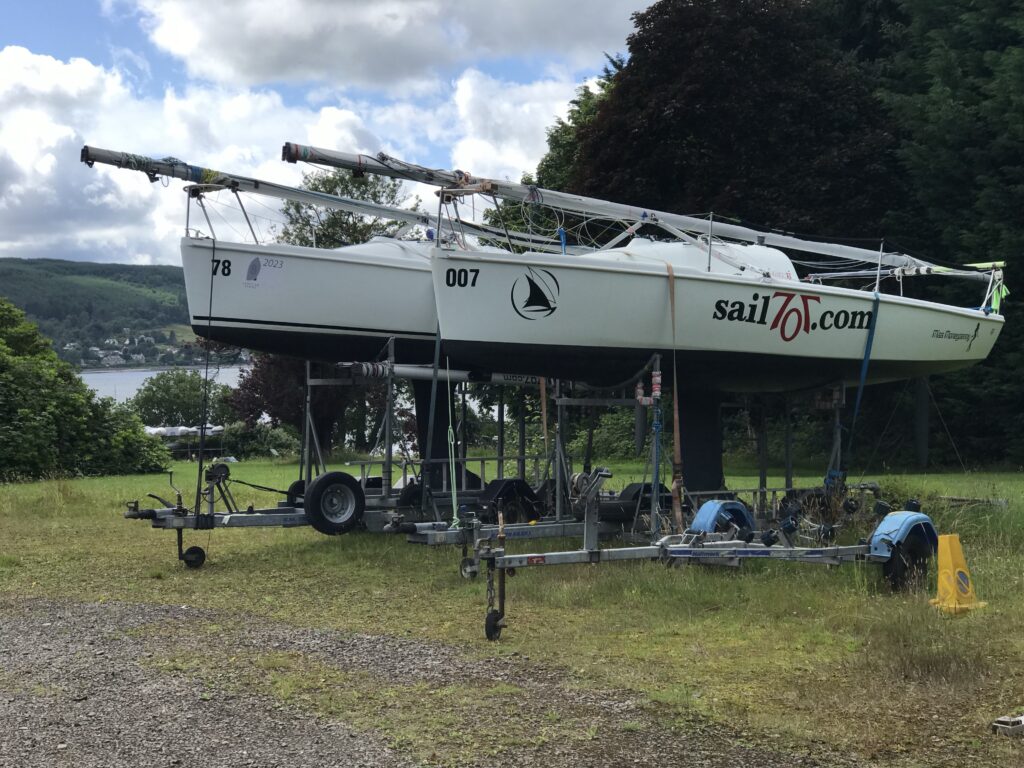
Since the merger of the Royal Northern Yacht Club and the Royal Clyde Yacht Club to form the Royal Northern and Clyde Yacht Club, the club has continued to be a prominent fixture in the Scottish yachting community. Here are some notable events and achievements that have taken place at the club since the merger:
- The Royal Northern and Clyde Yacht Club was formed in 1978 from the merger of the Royal Northern Yacht Club and the Royal Clyde Yacht Club4. The club is now Scotland’s oldest yacht club, specializing in one-design fleet, match, and team racing6.
- The club’s clubhouse in Rhu, acquired by the Royal Northern Yacht Club in 1937, remains the headquarters of the Royal Northern and Clyde Yacht Club1.
- The club has a rich history, with records and artifacts dating back to 18242.
- The Royal Clyde Yacht Club, which eventually merged with the Royal Northern Yacht Club, was granted a Royal charter in 18636.
- The club has continued to be a prominent fixture in the Scottish yachting community, hosting events and races throughout the year6.
- The club has a strong focus on youth sailing, with programs and events aimed at introducing young people to the sport of sailing6.
- The Royal Northern and Clyde Yacht Club has a long-standing reputation for excellence in sailing, with many members achieving success in national and international competitions6.
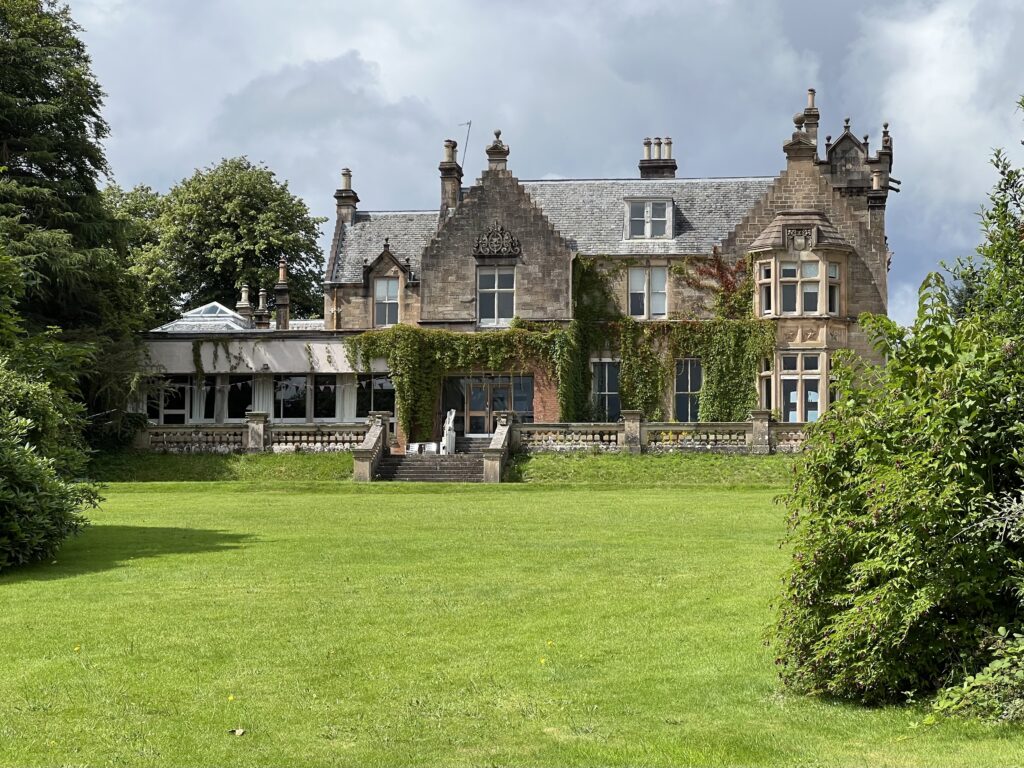
Overall, the Royal Northern and Clyde Yacht Club has a rich history and continues to be a prominent fixture in the Scottish yachting community, with a focus on excellence in sailing and youth development. It leads other Yacht clubs in the selection of equipment for racing. For example, the Royal Thames Yacht Club is hoping to replace its J70 fleet with a Sonic fleet. 00 The Sonar has been used extensively for both fleet and team racing. In the U.K. the boat is raced in Cowes, Isle of Wight and on the Clyde in Scotland.
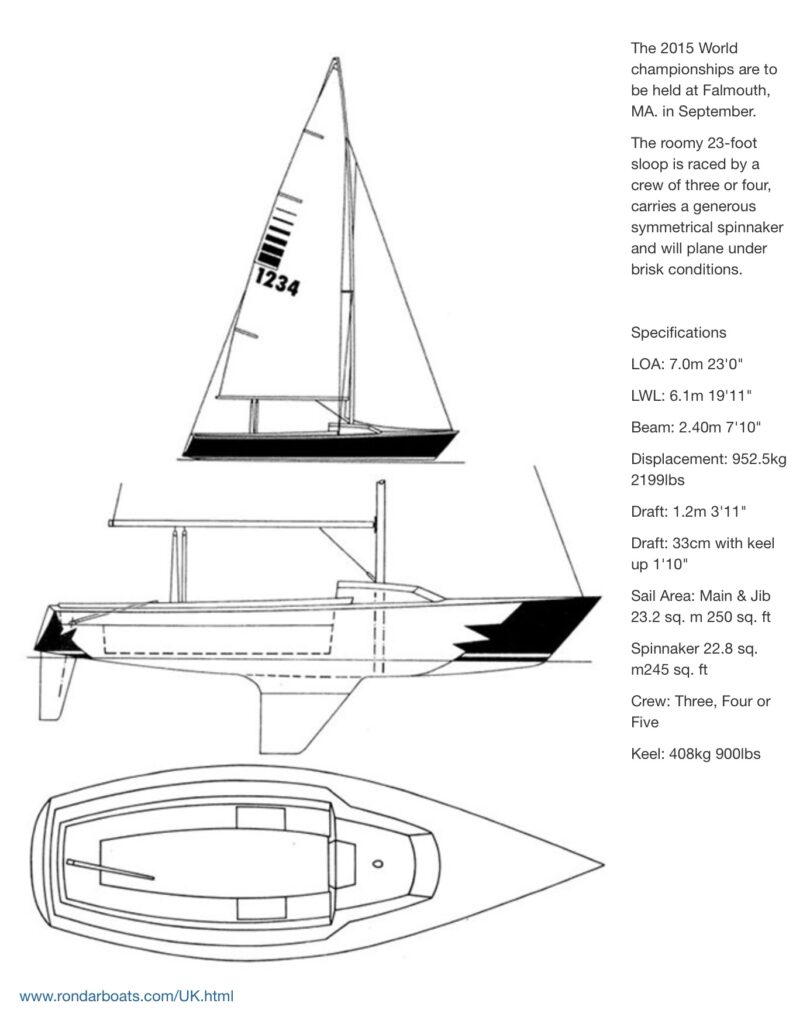
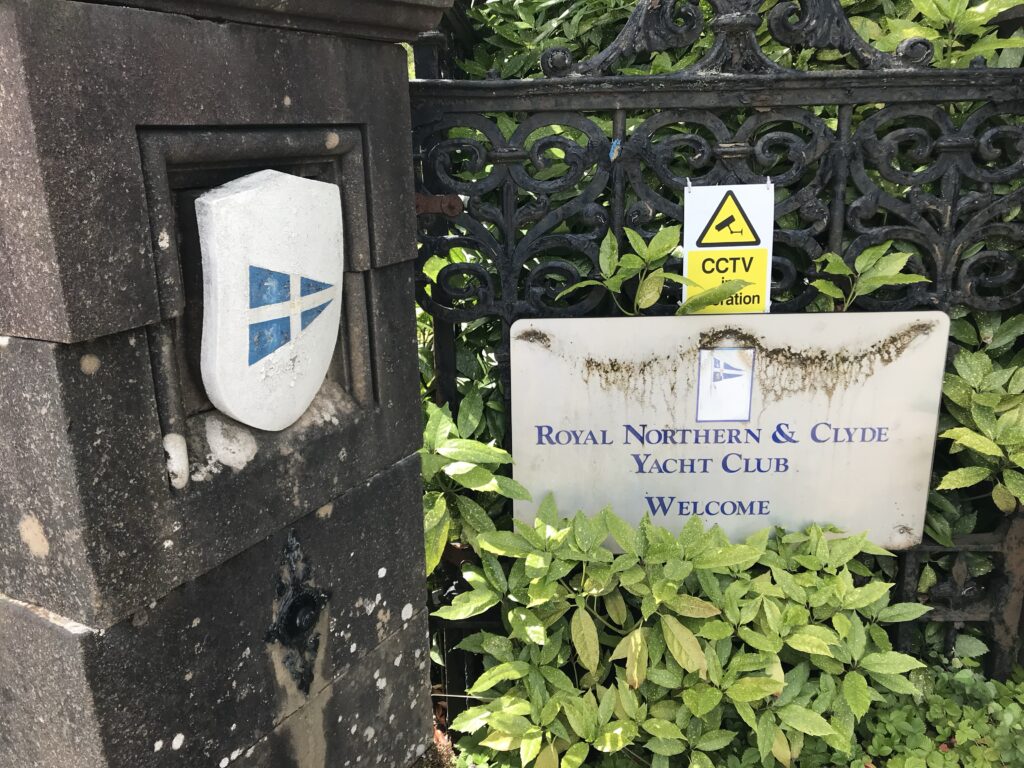
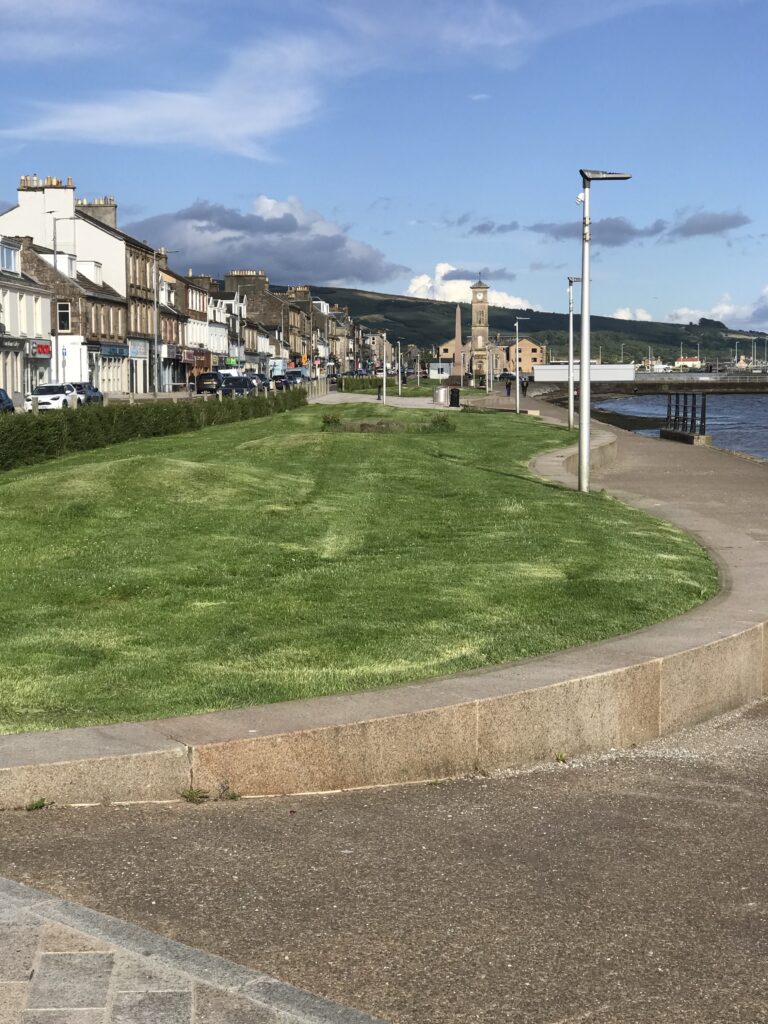
The Royal Northern & Clyde Yacht Club in Scotland has a strong focus on sail racing, with one-design fleets (Sonar, Gareloch, and Piper) allowing for competitive racing12.
Cruising Scotland
Cruising in Scotland is spectacular, with stunning scenery and a variety of destinations to explore4. The cruising season in Scotland typically runs from April to October, with the best weather in June, July, and August4.
Scotland is a popular cruising destination with many beautiful and historic places to visit. Here are some popular cruising destinations in Scotland:
- Edinburgh: The capital city of Scotland is a popular destination for luxury cruises. Visitors can stroll the Royal Mile and tour Edinburgh Castle1.
- St Kilda & Outer Hebrides: The remote islands of St Kilda and the Outer Hebrides are popular destinations for small ship cruises. Visitors can experience the unique culture and history of these islands2.
- Scottish Isles: The Scottish Isles off Scotland’s west coast are a popular backdrop for intimate small-ship cruises. Visitors can explore the scenic isles and enjoy the stunning views3.
- Aberdeen and the Shetland Islands: Aberdeen and the Shetland Islands are popular destinations for luxury cruises. Visitors can explore the rugged landscape and see some of the best-preserved Neolithic sites in Europe4.
- Glasgow: Glasgow is a popular destination for cruises. Visitors can explore the city’s budding gastronomic scene and enjoy farm-to-table spots5.
- Misty Glens, Glittering Lochs, and Rugged Mountains: Scotland’s landscape is breathtaking, and visitors can enjoy the stunning scenery on a tour and cruise. Misty glens, glittering lochs, rugged mountains, and big skies are some of the highlights of Scotland’s landscape6.
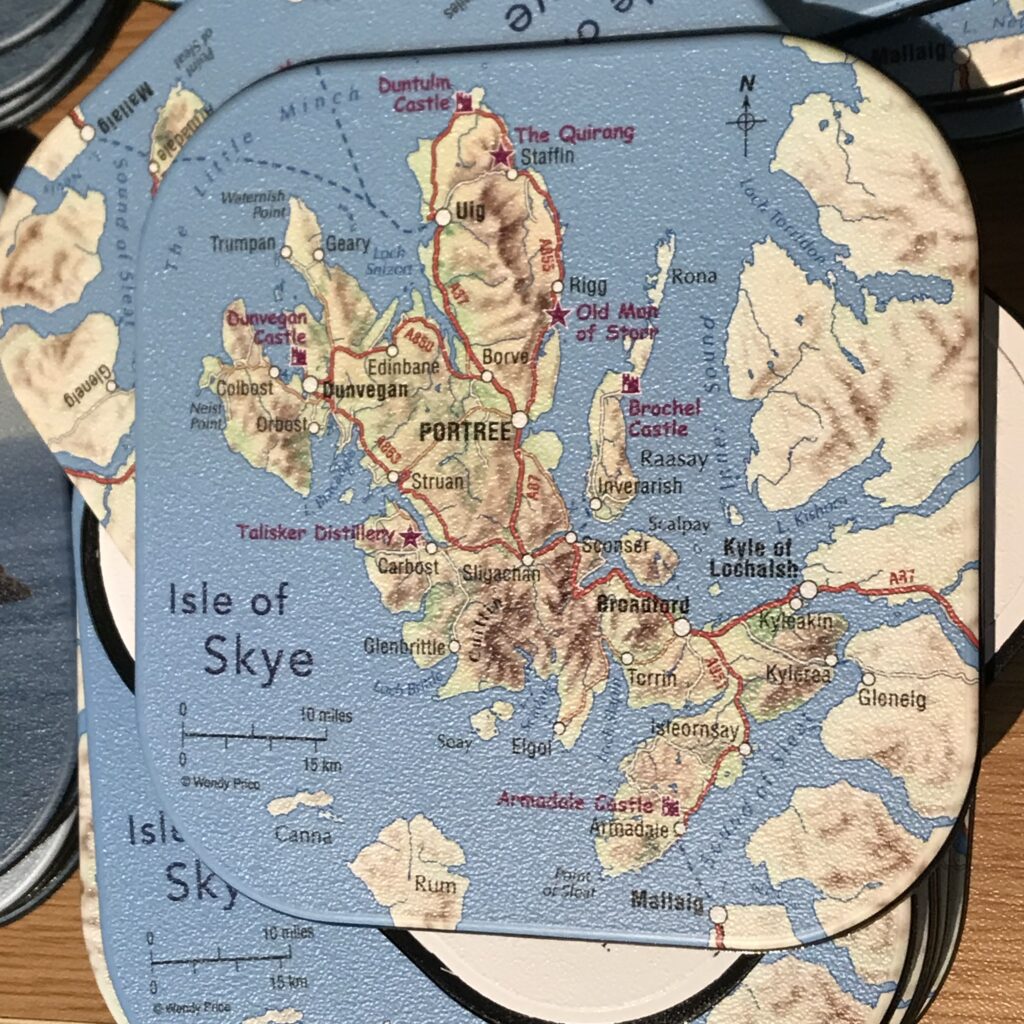
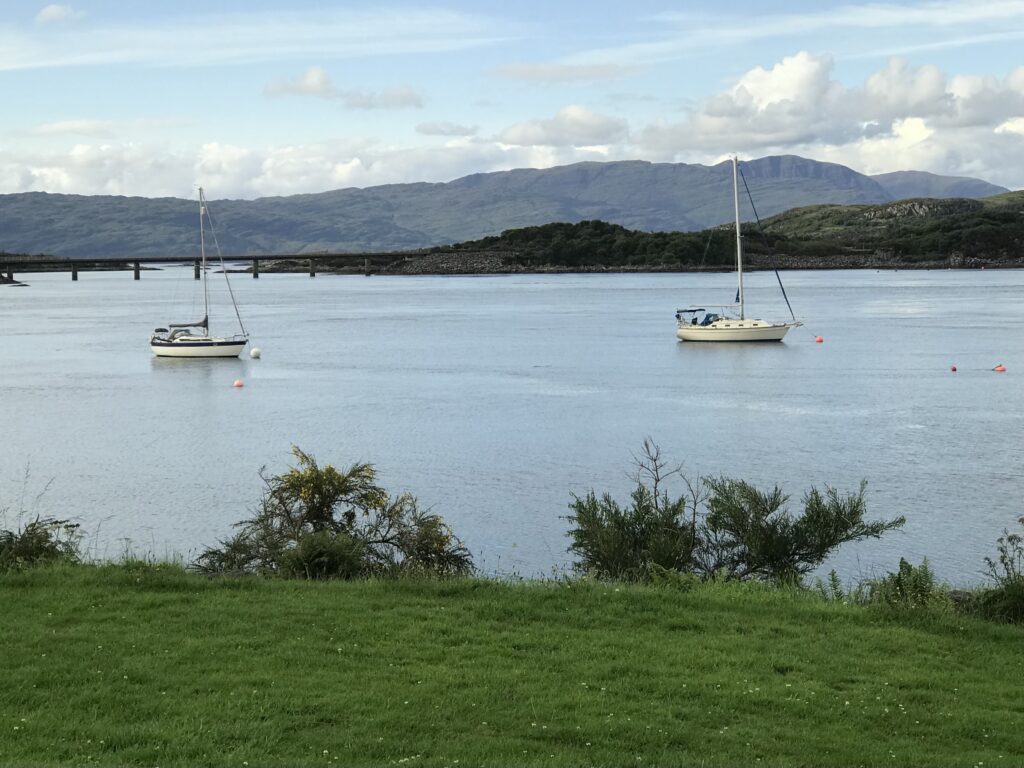
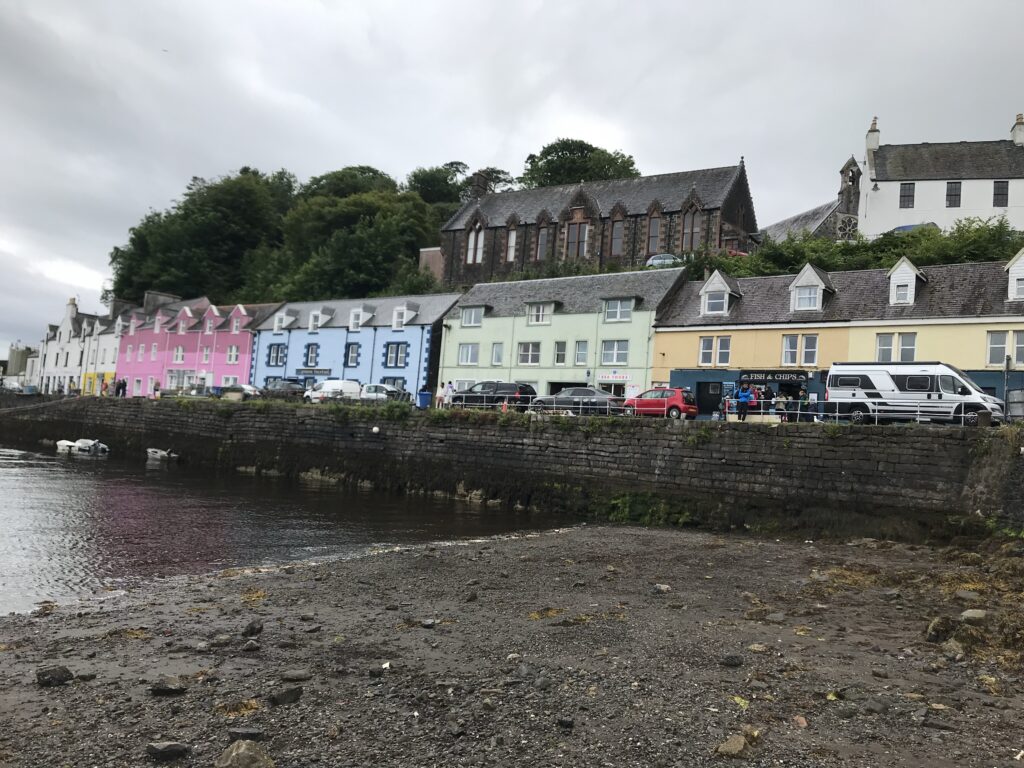
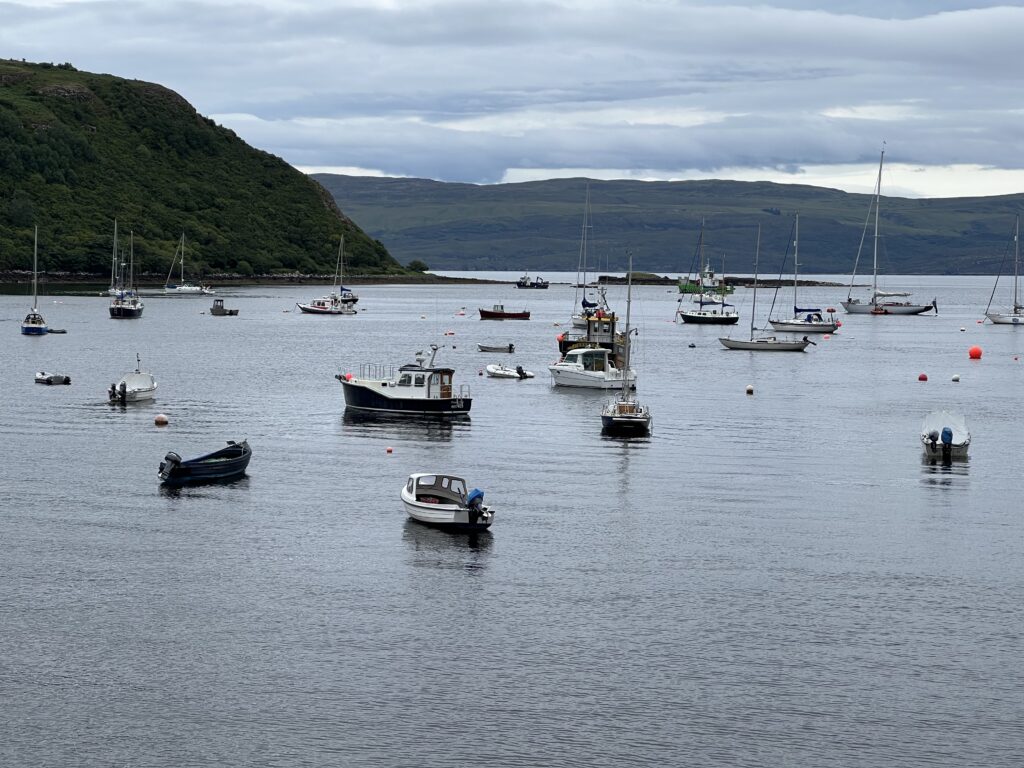
Scotland has a network of canals that can be used for boating, including the Caledonian Canal, the Crinan Canal, and the Forth and Clyde Canal4. Boaters can use the canals by obtaining a license from Scottish Canals, which manages the waterways4.
The Caledonian Canal, the Crinan Canal, and the Forth and Clyde Canals were built during the Industrial Age of Great Britain and Ireland to transport coal and iron12. The Forth and Clyde Canal was the first canal built in Scotland, with work starting in 1768 and completed in 17902.
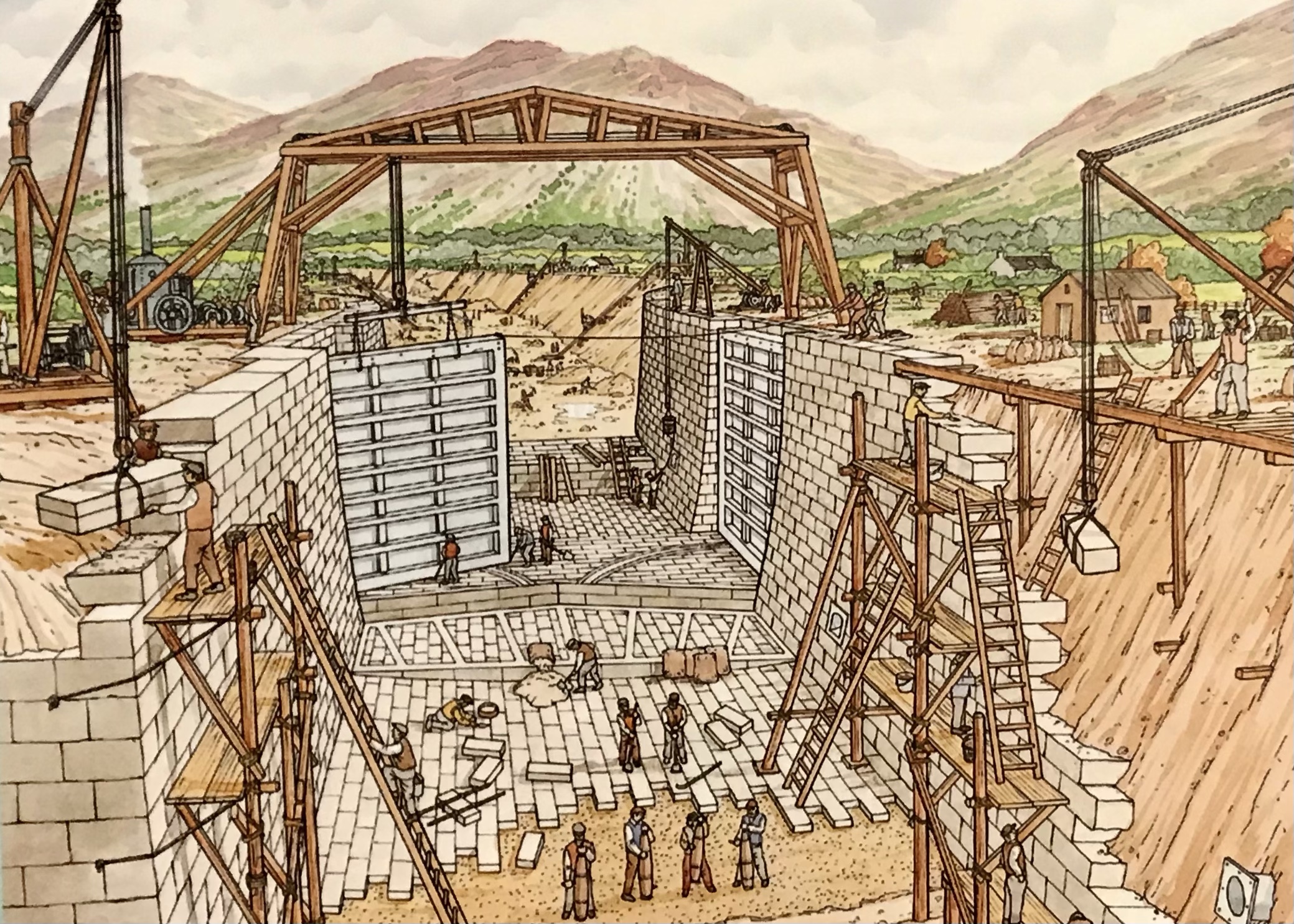
The canals are popular with cruising, with the Caledonian Canal, the Crinan Canal, and the Forth and Clyde Canal providing a unique way to explore Scotland’s landscape4.
Sailboats can use the canals for grand loops, and the towpath of the Crinan Canal is part of National Cycle Route 78, which links Campbeltown, Oban, Fort William, and Inverness5.
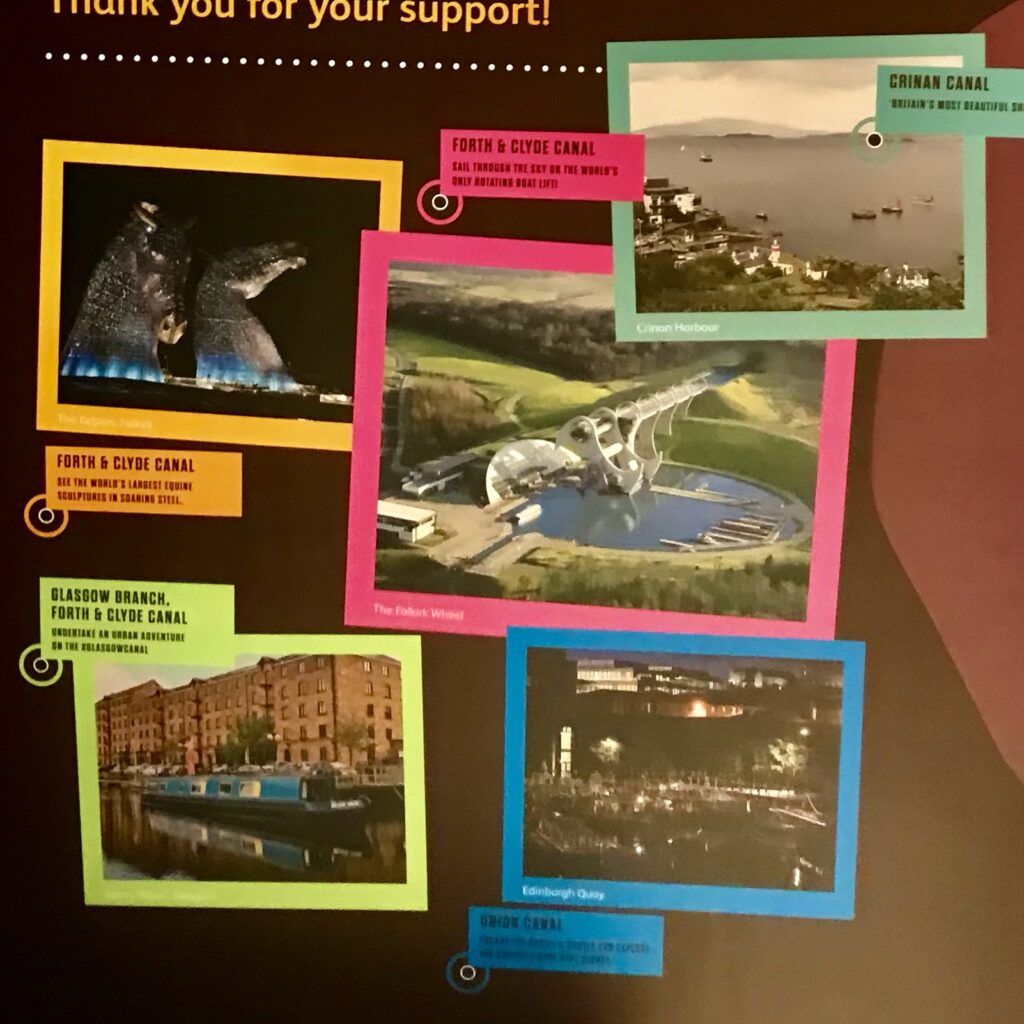
The Caledonian Canal
The Caledonian Canal was built between 1803 and 1822 to provide a route for commercial vessels between the east and west coasts of Scotland14.

To cruise a boat from the Royal Northern and Clyde Yacht Club to the Caledonian Canal, you would follow a route that takes you through the Scottish Highlands. Here is a general overview of the journey:
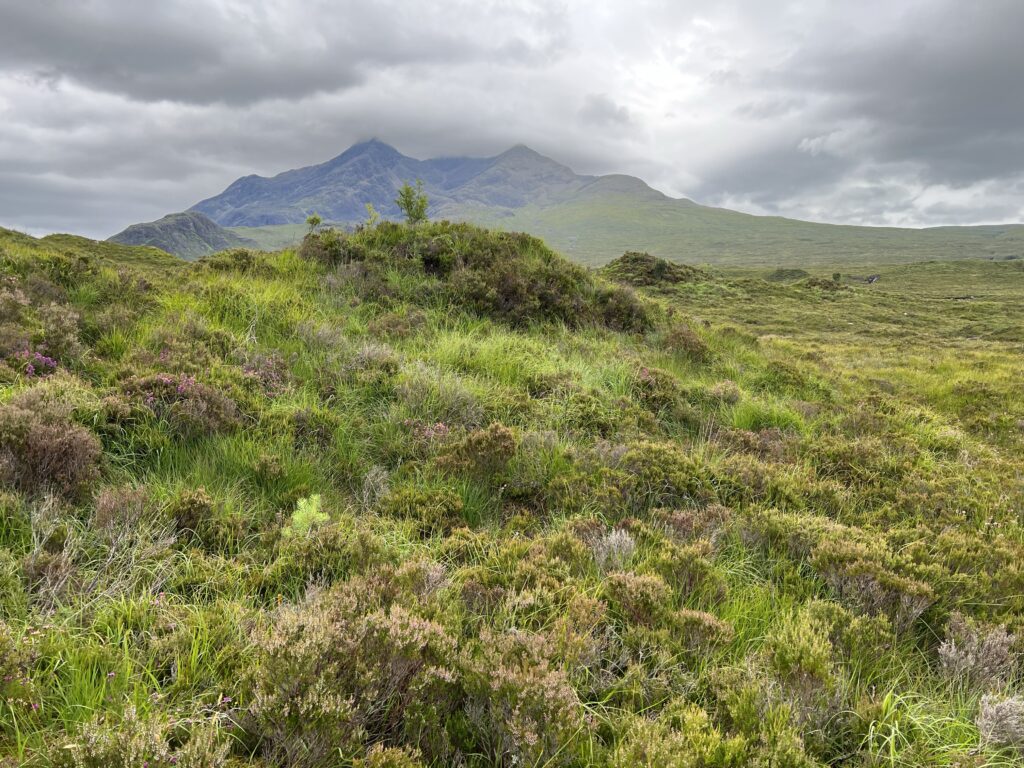
- Departure from the Royal Northern and Clyde Yacht Club: Start your journey from the club’s location in Rhu, near Helensburgh, on the River Clyde4. Ensure that you have all the necessary provisions and equipment for your voyage.
- Sail along the River Clyde: Navigate your boat along the River Clyde, which flows into the Firth of Clyde1. The Firth of Clyde is a large estuary that opens up to the West Coast of Scotland.
- Sail along the West Coast of Scotland: Navigate your boat along the West Coast of Scotland, passing through various scenic areas such as the Firth of Clyde and the Sound of Mull3. You can make stops at picturesque towns and anchorages along the way.
- Enter the Caledonian Canal: Once you reach Fort William, you can enter the Caledonian Canal, which connects the east and west coasts of Scotland1. There is no booking system to travel through the canal, but skippers must purchase a license online prior to entry1.
- Navigate the Caledonian Canal: Cruise through the Caledonian Canal, which consists of a series of locks and natural lochs, including Loch Lochy, Loch Oich, and Loch Ness1. Enjoy the stunning scenery of the Scottish Highlands as you make your way through the canal.
- Reach the North Sea: At the end of the Caledonian Canal, you will reach Inverness, where the canal meets the North Sea1. From there, you can continue your journey along the coast or explore other areas of Scotland.
Along the route of the Caledonian Canal, there are several notable sights and attractions to explore. Here are some highlights based on the search results:
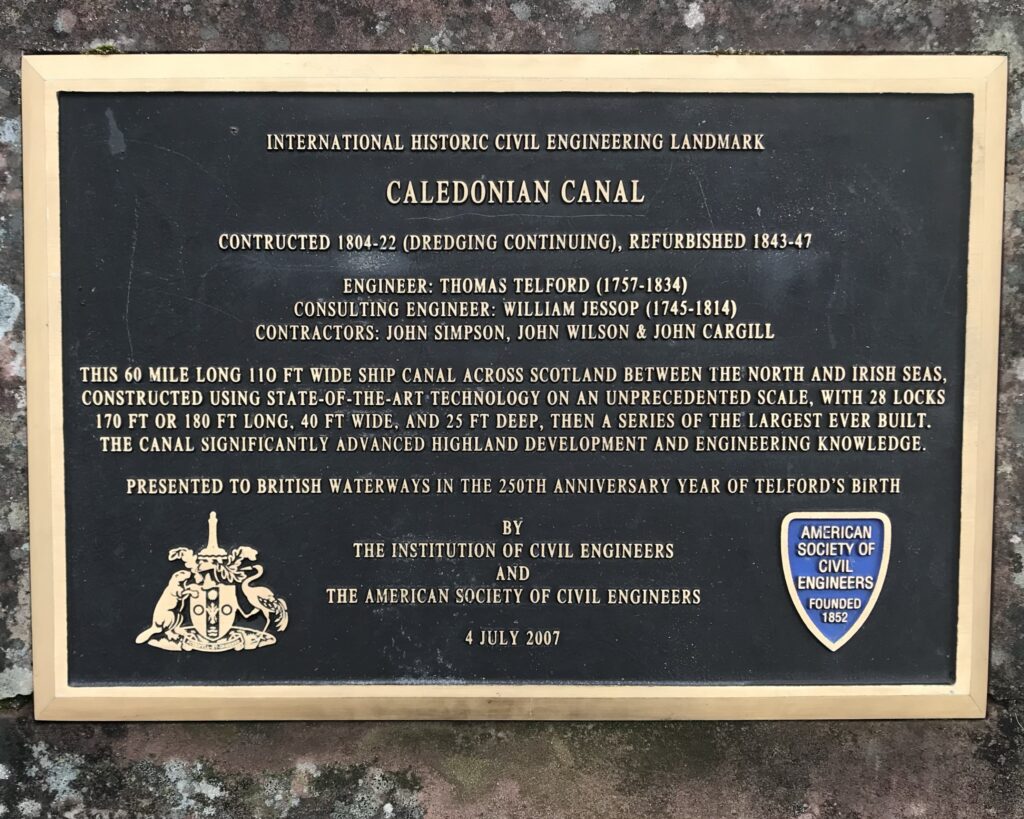
- Fort William: Located at the southwestern end of the Caledonian Canal, Fort William is a popular starting point for canal cruises2. It offers stunning views of Ben Nevis, the highest mountain in the UK4. While not a castle itself, Fort William offers views of Ben Nevis, the highest mountain in Scotland6.
- Fort Augustus: Situated on the southern shore of Loch Ness, Fort Augustus is home to the impressive Fort Augustus Abbey, which was originally a military fort1. The abbey now serves as a hotel and offers a picturesque setting.
- Scenic landscapes: The Caledonian Canal route offers breathtaking views of the Scottish Highlands, with mountains, lochs, and countryside providing a beautiful backdrop5. It is a paradise for nature lovers, offering opportunities for boating, walking, running, cycling, and fishing5.
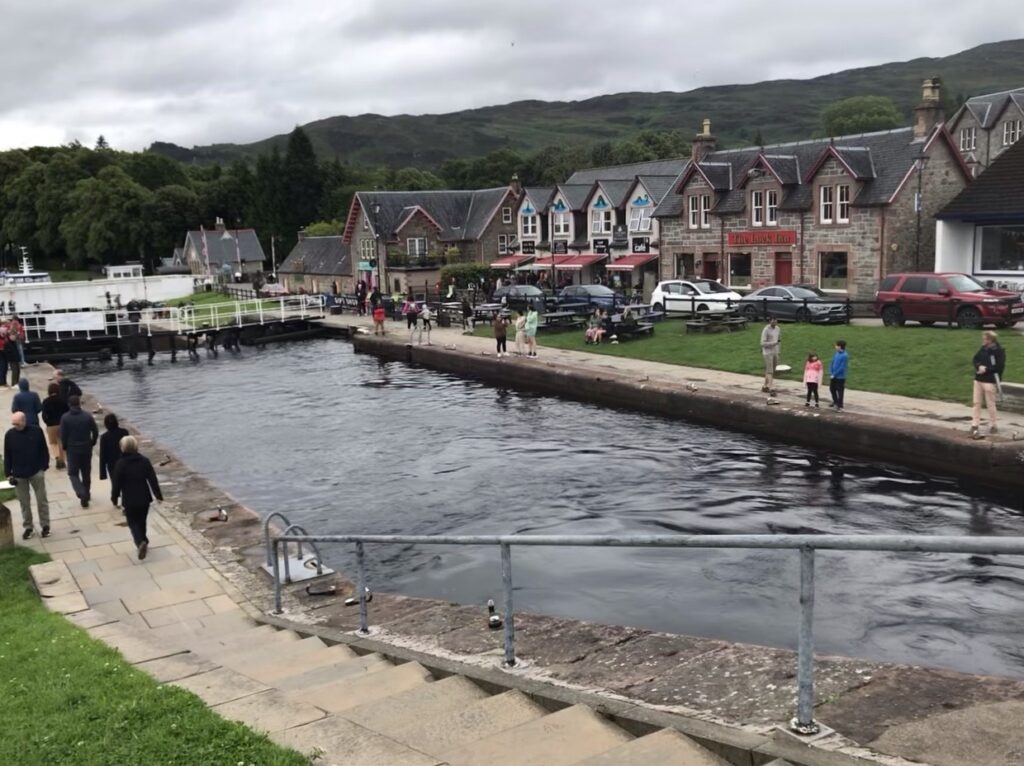
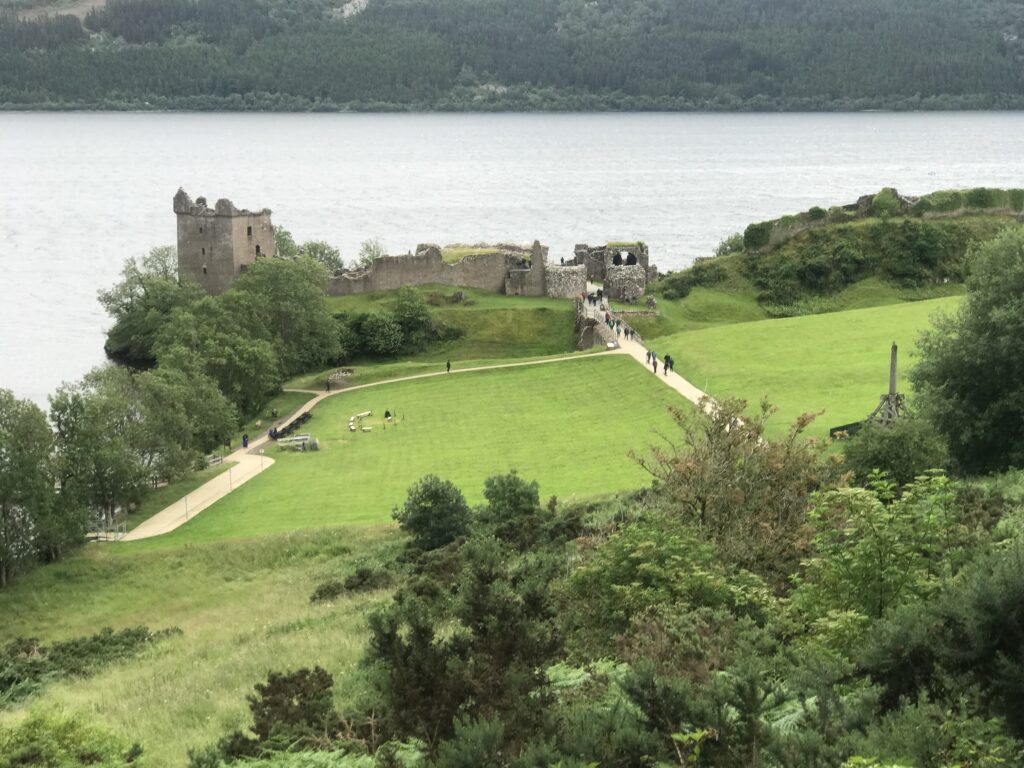
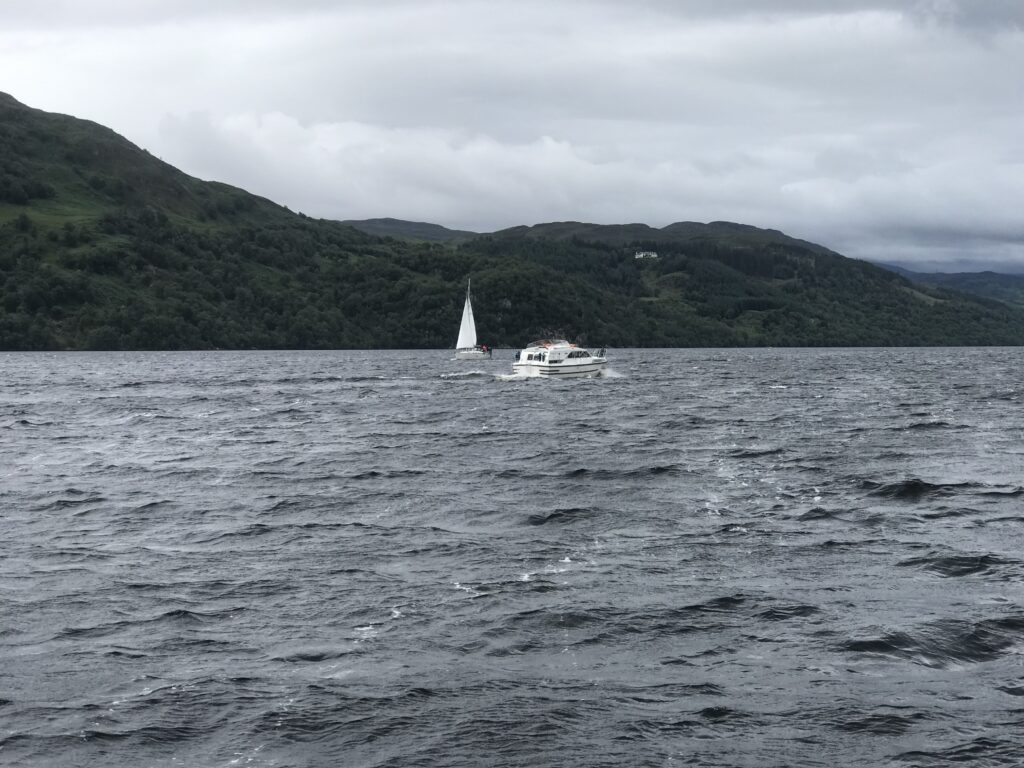
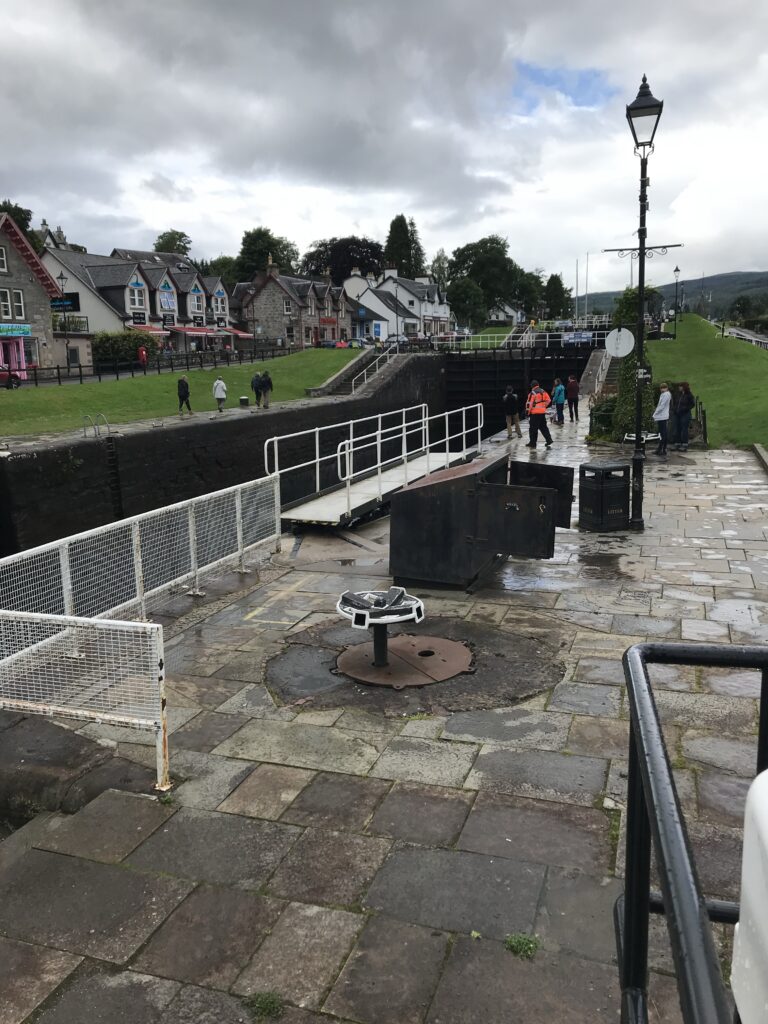
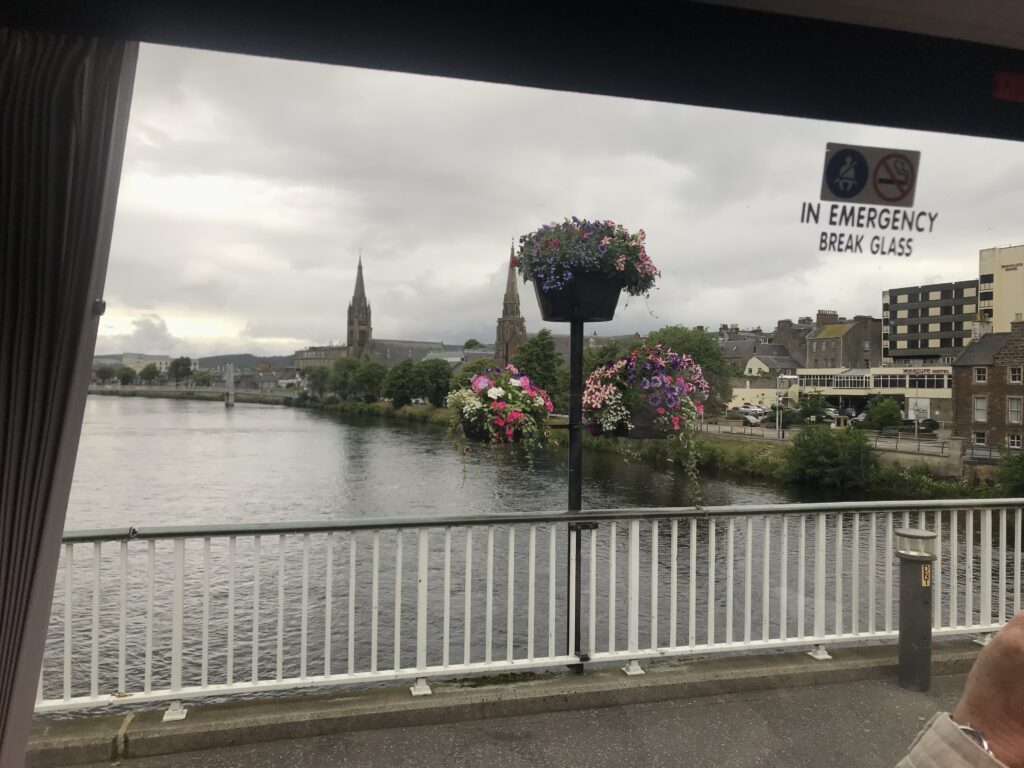
These are just a few examples of the sights and attractions along the Caledonian Canal route. Exploring the canal allows you to immerse yourself in Scotland’s stunning landscapes, rich history, and vibrant culture. This area of Scotland distills oak casked whisky
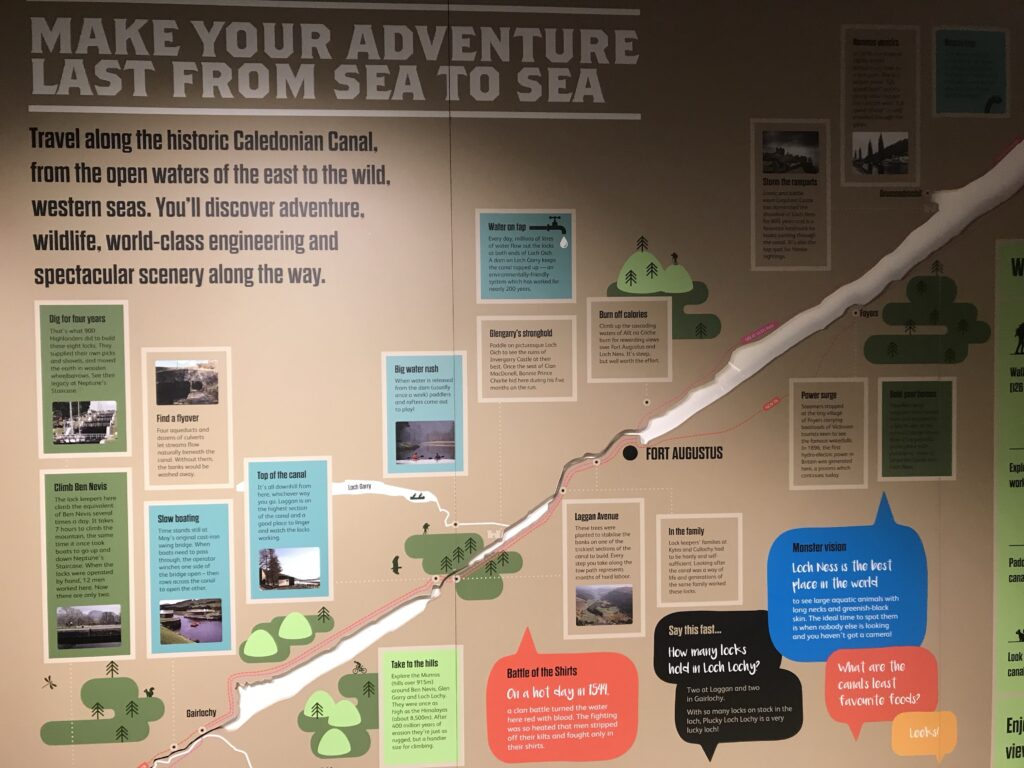
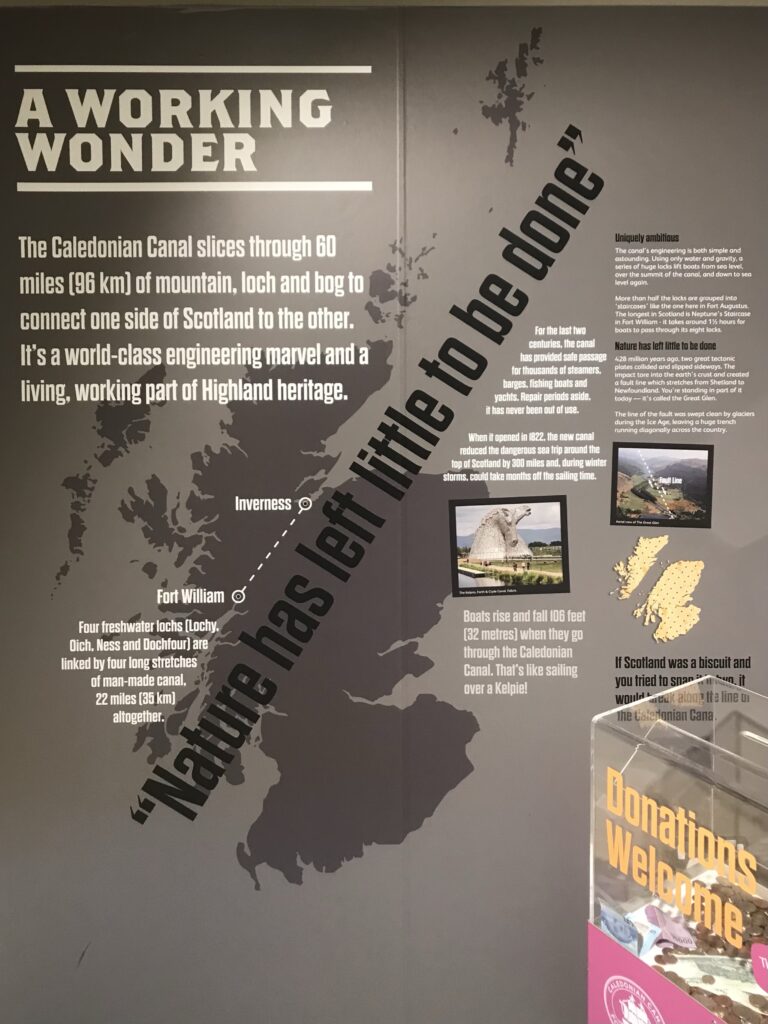
It is important to plan your trip carefully, considering weather conditions, navigation charts, and any necessary permits or licenses. The journey from the Royal Northern and Clyde Yacht Club to the Caledonian Canal offers a unique and scenic cruising experience through the heart of Scotland’s beautiful landscapes.
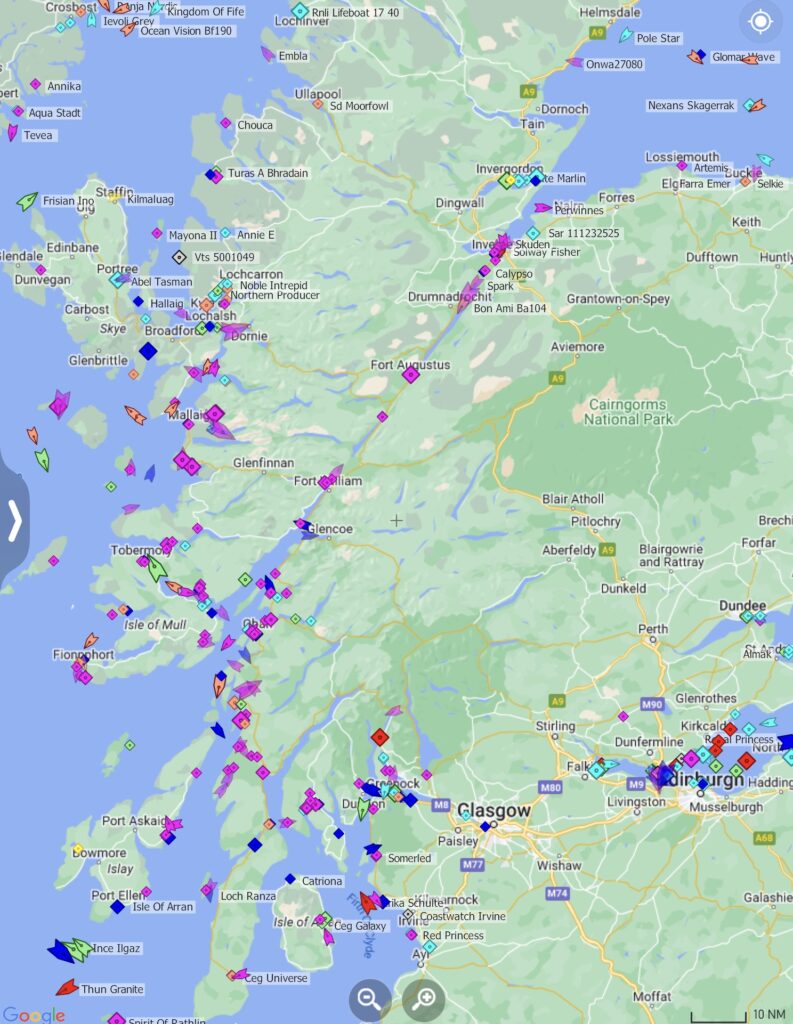
The Crinan Canal
To cruise a boat from the Royal Northern and Clyde Yacht Club to the Crinan Canal, you can follow these steps:
- Plan your route: Start by planning your route to the Crinan Canal. The Royal Northern and Clyde Yacht Club is located in Rhu, near Helensburgh, on the River Clyde4. You can use maps and navigation tools to plan your journey.
- Sail to the Crinan Canal: Head north up the Firth of Clyde and continue sailing to the west coast of Scotland until you reach the entrance of the Crinan Canal6. The canal connects the Firth of Clyde to the Sound of Jura and the west coast of Scotland.
- Enter the Crinan Canal: Once you reach the entrance of the Crinan Canal, you can enter the canal system. Skippers are required to purchase a license online prior to entry2.
- Navigate the Crinan Canal: Cruise through the Crinan Canal, which consists of nine locks and takes you through beautiful Scottish landscapes1. Enjoy the stunning scenery of the west coast of Scotland as you make your way through the canal.
- Reach the Sound of Jura: At the end of the Crinan Canal, you will reach the Sound of Jura, which separates the islands of Jura and Scarba6.From there, you can continue your journey along the west coast of Scotland or explore other areas of the Sound of Jura.
The Crinan Canal route offers a variety of sights and attractions to explore. Here are some notable ones based on the search results:
- Prehistoric sites: Close to the village of Kilmartin, you will find prehistoric sites, standing stones, rock carvings, two stone circles, and several large burial sites1.
- Crinan Hotel: This hotel is located at the end of the Crinan Canal and is a popular stop for sailors2. It offers stunning views of the surrounding area and is a great place to relax and unwind.
- Canoeing and kayaking: The Crinan Canal is a wonderful waterway to explore by canoe or kayak, surrounded by the stunning scenery of Argyll & Bute3.
- Kilmartin Glen: This area is home to a variety of historic sites, including castles, standing stones, and burial sites6. It is a great place to explore Scotland’s rich history.
- Dunadd Fort: This ancient hill fort is located near the Crinan Canal and offers stunning views of the surrounding area4.
- Arduaine Garden: This beautiful garden is located near the Crinan Canal and offers a variety of plants and flowers to explore4.
- Kilmartin Museum: This museum is located near the Crinan Canal and offers a variety of exhibits related to Scotland’s rich history4.
- Temple Wood Stone Circle: This ancient stone circle is located near the Crinan Canal and offers a glimpse into Scotland’s prehistoric past4.
These are just a few examples of the sights and attractions along the Crinan Canal route. Exploring these historic sites and natural wonders allows you to delve into Scotland’s rich history and experience the beauty of the Scottish countryside.
It is important to plan your trip carefully, considering weather conditions, navigation charts, and any necessary permits or licenses. The journey from the Royal Northern and Clyde Yacht Club to the Crinan Canal offers a unique and scenic cruising experience through the beautiful landscapes of Scotland.
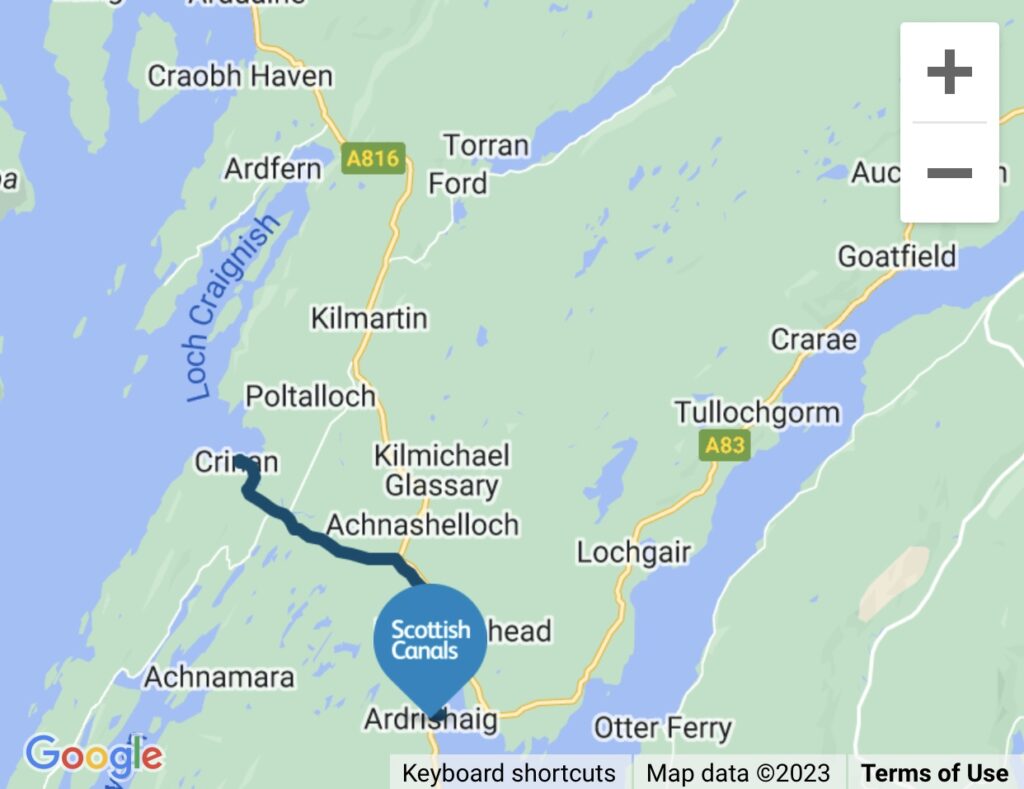
The Forth and Clyde Canal
To cruise a boat from the Royal Northern and Clyde Yacht Club to the Forth and Clyde Canal, you can follow these steps:
- Plan your route: Start by planning your route to the Forth and Clyde Canal. The Royal Northern and Clyde Yacht Club is located in Rhu, near Helensburgh, on the River Clyde4. You can use maps and navigation tools to plan your journey.
- Sail to the Forth and Clyde Canal: Head east along the River Clyde until you reach the entrance of the Forth and Clyde Canal1. The canal connects the Firth of Forth to the Firth of Clyde.
- Enter the Forth and Clyde Canal: Once you reach the entrance of the Forth and Clyde Canal, you can enter the canal system. Skippers are required to purchase a license online prior to entry5.
- Navigate the Forth and Clyde Canal: Cruise through the Forth and Clyde Canal, which consists of 39 locks and takes you through the heart of Scotland1. Enjoy the stunning scenery of the Scottish countryside as you make your way through the canal.
- Reach the end of the canal: At the end of the Forth and Clyde Canal, you will find the Falkirk Wheel, which is a unique rotating boat lift that connects the Forth and Clyde Canal with the Union Canal1. The Falkirk Wheel is a popular attraction and offers stunning views of the surrounding area1.
The Falkirk Wheel is a unique rotating boat lift located in central Scotland. It was opened on May 24, 2002, and is considered the only rotating ship lift in the world134. The purpose of the Falkirk Wheel is to connect the Forth and Clyde Canal with the Union Canal, providing a continuous waterway between Scotland’s two major canals256.For pleasure craft looking to cruise Scotland’s inner waterways, the Falkirk Wheel offers a convenient way to navigate between the Forth and Clyde Canal and the Union Canal.
Instead of having to navigate through traditional locks, pleasure craft can be lifted or lowered by the rotating boat lift, saving time and effort6. This allows pleasure craft to seamlessly travel between the two canals and explore different parts of Scotland’s waterway system.The Falkirk Wheel has become a popular attraction for tourists and boaters alike, offering a unique and impressive engineering feat. It has become an iconic symbol of Scotland’s canal system and is a must-visit destination for those interested in maritime history and engineering marvels125.
The Forth and Clyde Canal route offers a variety of sights and attractions to explore. Here are some notable ones based on the search results:
- The Falkirk Wheel: This unique rotating boat lift is a popular attraction and connects the Forth and Clyde Canal with the Union Canal4. It offers stunning views of the surrounding area and is a must-visit for canal enthusiasts.
- Bar Hill Roman Fort: Located near the Forth and Clyde Canal, this ancient fort is part of the Antonine Wall and offers a glimpse into Scotland’s rich history1.
- River Kelvin: This beautiful river flows through Glasgow and offers opportunities for walking, cycling, and fishing1.
- Kelvingrove Art Gallery and Museum: Located near the Forth and Clyde Canal, this museum is home to a vast collection of art and artifacts, including works by Salvador Dali and Vincent Van Gogh5.
- World of Wings Birds of Prey Centre: This attraction near the Forth and Clyde Canal offers visitors the chance to see a variety of birds of prey up close and personal5.
- Escape Reality: This immersive escape room experience is located near the Forth and Clyde Canal and offers a fun and challenging activity for groups5.
- Antonine Wall: This ancient wall, built by the Romans in the 2nd century AD, is a UNESCO World Heritage Site and runs near the Forth and Clyde Canal1.
- Lenzie Moss: This nature reserve near the Forth and Clyde Canal offers opportunities for walking and birdwatching1.
These are just a few examples of the sights and attractions along the Forth and Clyde Canal route. Exploring these historic sites and natural wonders allows you to delve into Scotland’s rich history and experience the beauty of the Scottish countryside.
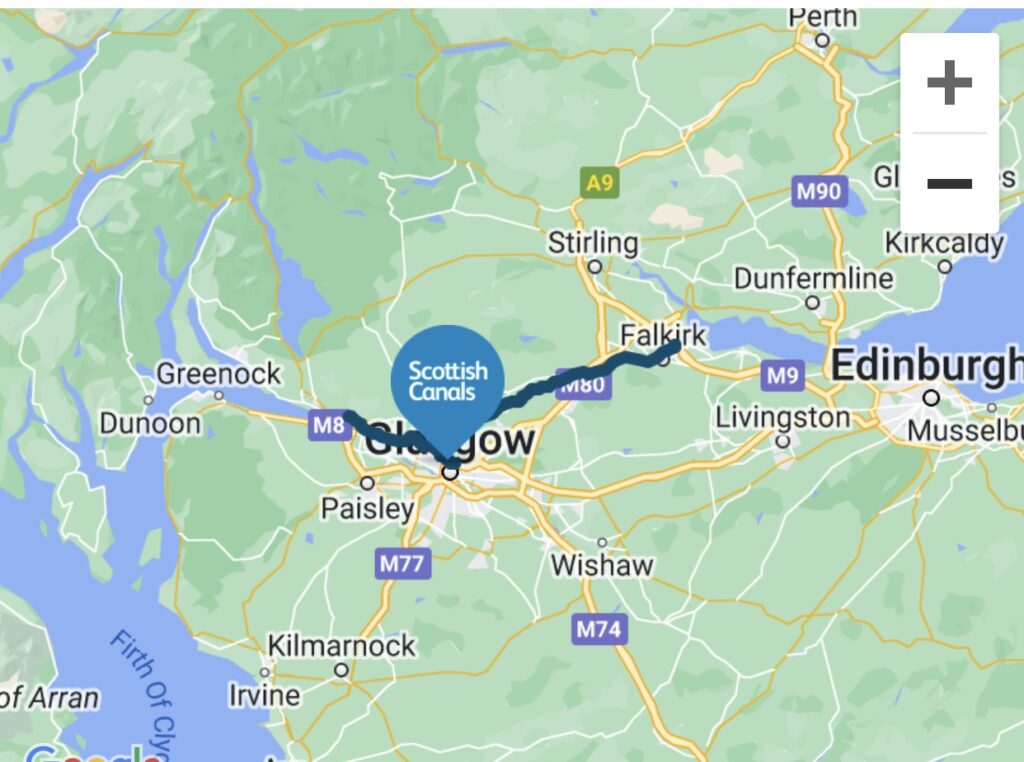
It is important to plan your trip carefully, considering weather conditions, navigation charts, and any necessary permits or licenses. The journey from the Royal Northern and Clyde Yacht Club to the Forth and Clyde Canal offers a unique and scenic cruising experience through the beautiful landscapes of Scotland.
What noteworthy sailing vessels were built in Glasgow? What noteworthy steam ships? What other notable boats were built in Glasgow? Are there still boat yards in operation in Glasgow? Where is the Britannia open for visiting?

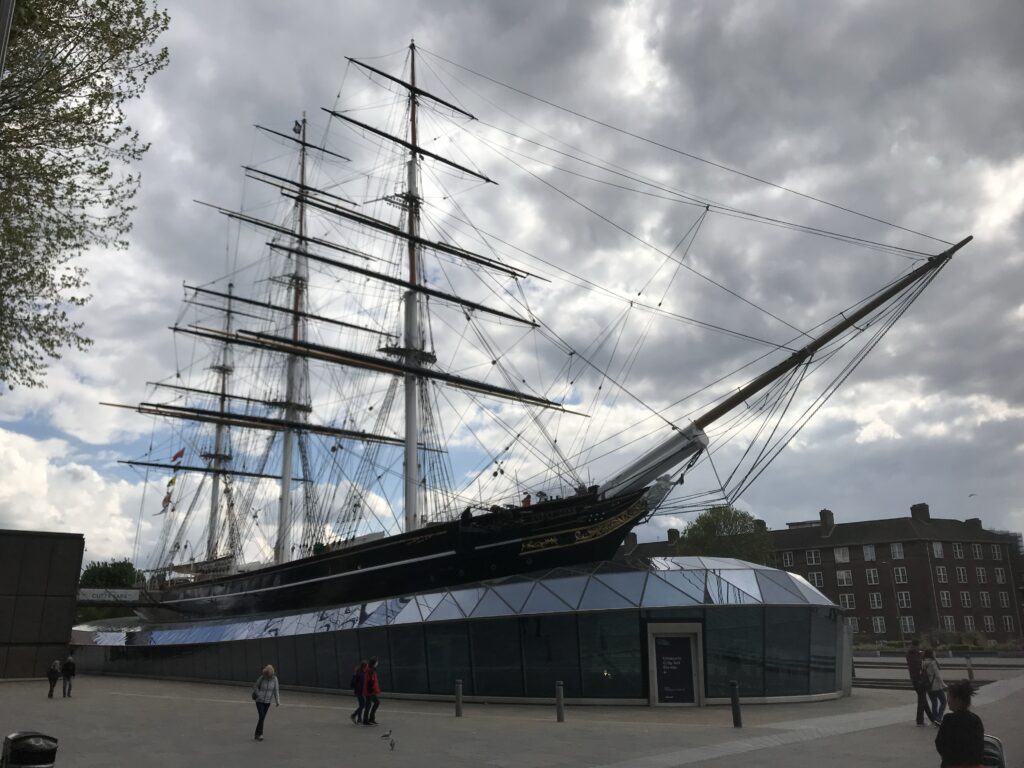
Noteworthy sailing vessels built in Glasgow include the Cutty Sark, which was built in 1869 and is now a museum ship in London3.
Notable steamships built in Glasgow include the Britannia, a wooden-hulled paddle steamer built in 1815 at Port Glasgow for services on the Firth of Clyde1.
Other notable boats built in Glasgow include the Comet, which was launched in 1812 and provided the first commercially successful steamboat ferry service in Europe3.
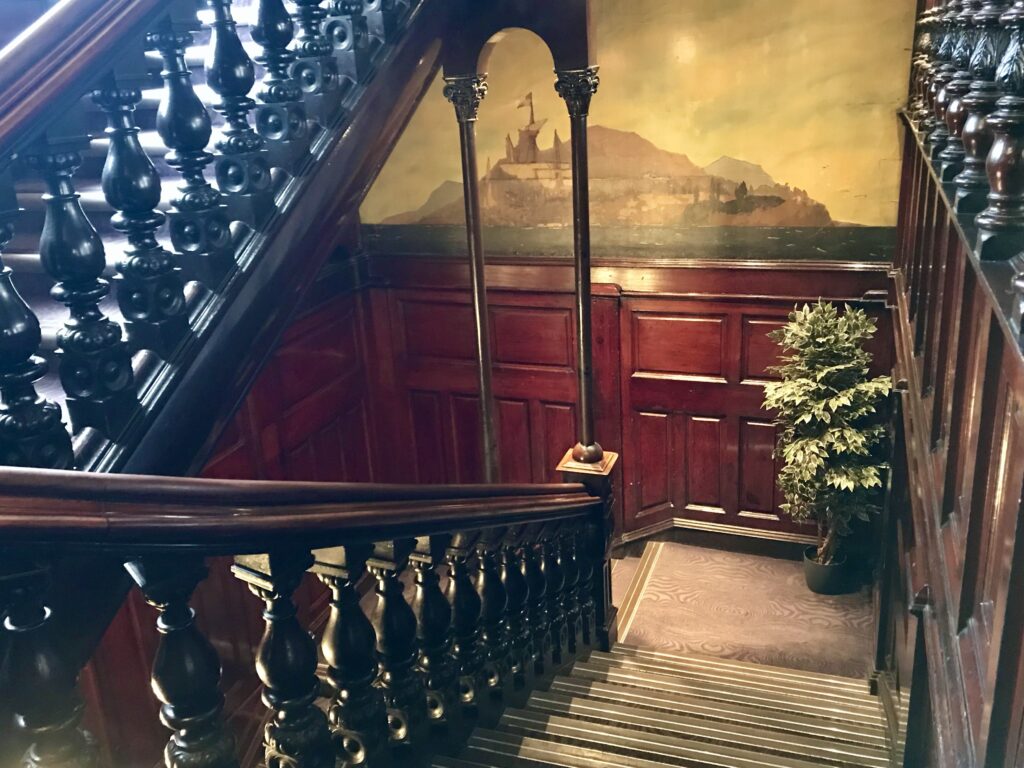
Shipbuilding on the Clyde was once a major industry, with British shipyards building 75% of ships worldwide in the 1890s, two-thirds of which came from Clydeside2. Today, shipbuilding on the Clyde is concentrated on three remaining yards and is dominated by Royal Navy orders3. There are still boatyards in operation in Glasgow, including the Clyde Boatyard and the Kelvinhaugh Boatyard3. The Britannia is no longer in existence, having been wrecked at Donaghadee on 12 October 18291.
